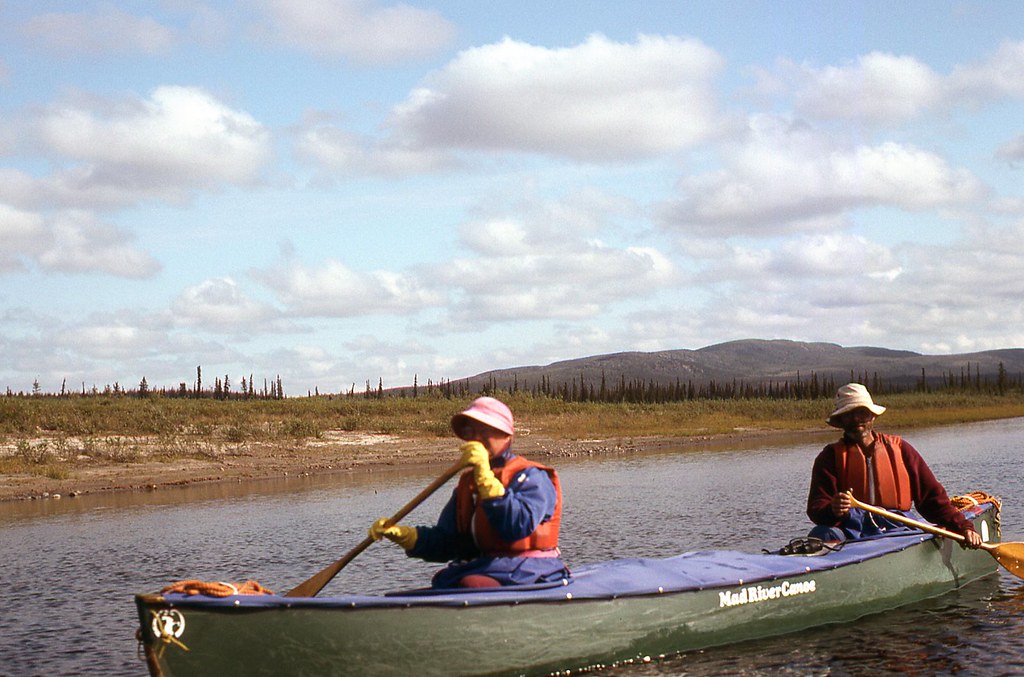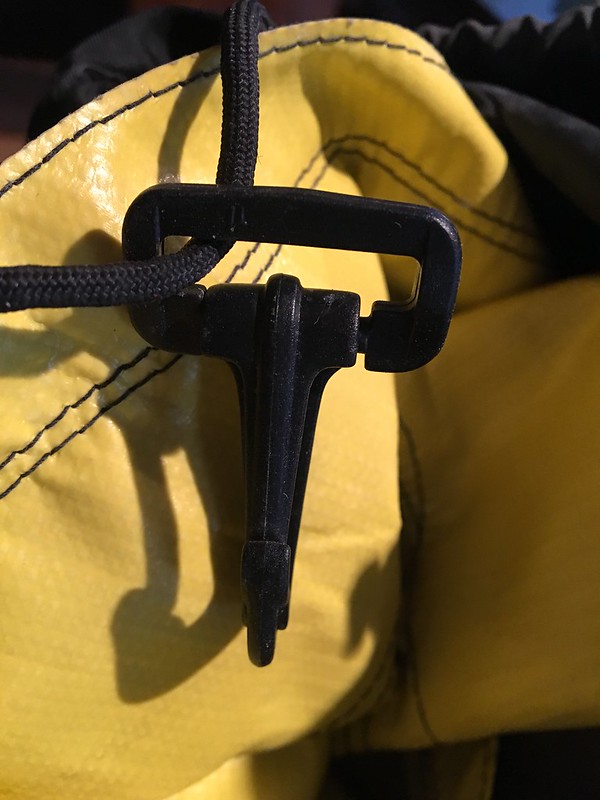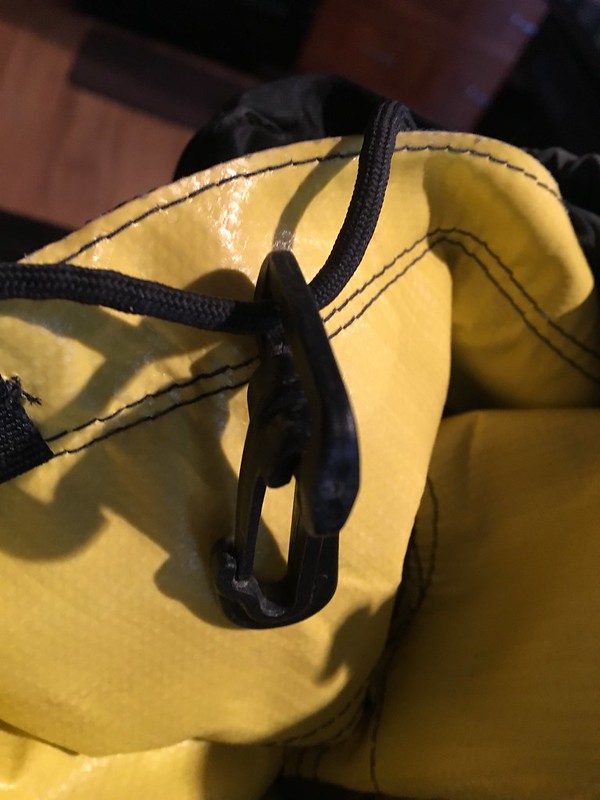- Joined
- Nov 30, 2017
- Messages
- 805
- Reaction score
- 731
I've decided the next most important piece of gear I need for solo tripping is some kind of a canoe cover. The pouring rain fills up the boat too fast and it would make the heavy waves a bit safer.
I've read this through, looked at the Cooke and NW websites. Does anybody have any updates for canoe covers?
I was thinking just getting a tarp cut more or less to size and velcroing it to velcro mate cemented to the canoe. I like Robin's idea of the $35 DYI, if it was something I could do....But the three piece NW ones look pretty nifty....
Does anybody have any updates for canoe covers? The boat, for now, would be the 14' Mohawk solo.
Thanks, Erica
I've read this through, looked at the Cooke and NW websites. Does anybody have any updates for canoe covers?
I was thinking just getting a tarp cut more or less to size and velcroing it to velcro mate cemented to the canoe. I like Robin's idea of the $35 DYI, if it was something I could do....But the three piece NW ones look pretty nifty....
Does anybody have any updates for canoe covers? The boat, for now, would be the 14' Mohawk solo.
Thanks, Erica





